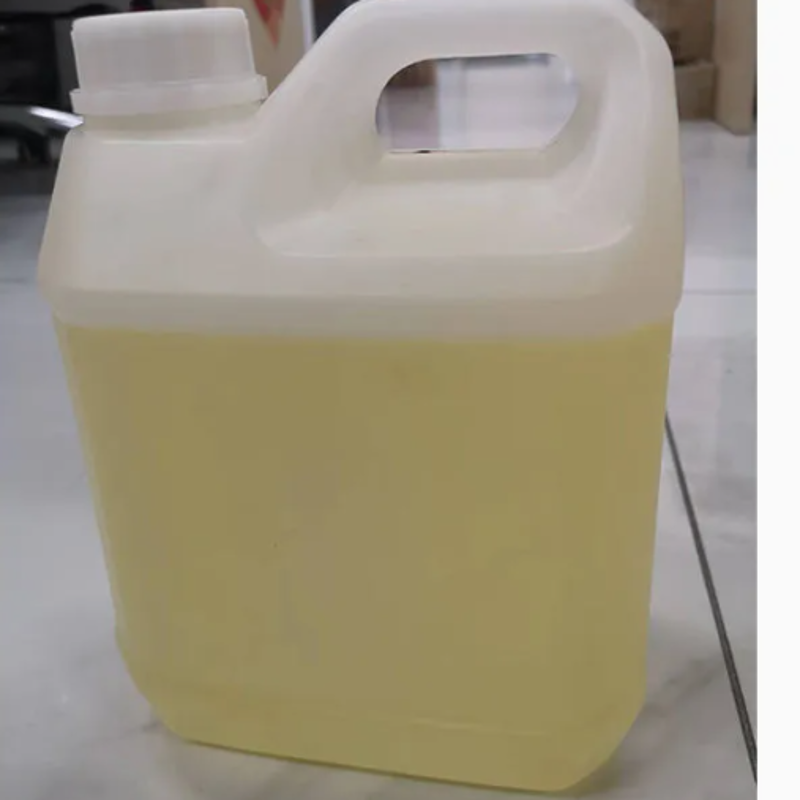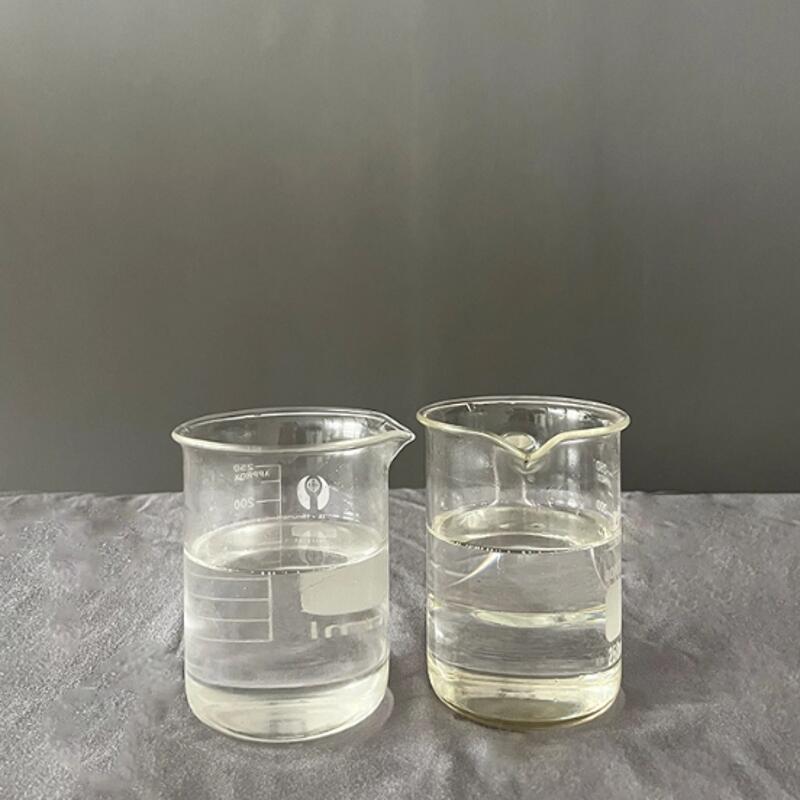-
Categories
-
Pharmaceutical Intermediates
-
Active Pharmaceutical Ingredients
-
Food Additives
- Industrial Coatings
- Agrochemicals
- Dyes and Pigments
- Surfactant
- Flavors and Fragrances
- Chemical Reagents
- Catalyst and Auxiliary
- Natural Products
- Inorganic Chemistry
-
Organic Chemistry
-
Biochemical Engineering
- Analytical Chemistry
-
Cosmetic Ingredient
- Water Treatment Chemical
-
Pharmaceutical Intermediates
Promotion
ECHEMI Mall
Wholesale
Weekly Price
Exhibition
News
-
Trade Service
Calcium carbonate has been used as an inorganic filler in plastic filling for many years
.
01 Introduction to calcium carbonate
01 Introduction to calcium carbonateThere are two main types of calcium carbonate: heavy calcium carbonate (commonly known as heavy calcium) and light calcium carbonate (commonly known as light calcium)
.
Heavy calcium is obtained by directly crushing natural calcite, limestone, chalk, shells, etc.
by mechanical methods (with Raymond mill or other high pressure mill)
.
Light calcium, also known as precipitated calcium carbonate, is obtained by calcining raw materials such as limestone to form lime, adding water to digest lime to form lime milk, and then introducing carbon dioxide to carbonize and precipitate, and finally dehydrated, dried and pulverized
.
Due to different preparation methods, light calcium has a large accumulation volume and appears light.
In fact, the density difference between the two is very small
.
The particle size of heavy calcium is generally larger, the distribution is wider, and the particle shape is irregular; while the light calcium has a crystal shape and a smaller particle size
.
02 Technical indicators of calcium carbonate
02 Technical indicators of calcium carbonateThe main technical indicators of calcium carbonate are: mesh, whiteness, calcium carbonate content
.
Mesh number: The mesh number refers to the number of holes in a certain area of the screen.
The larger the mesh number, the smaller the particle size of the particles, and the required production process will be more complicated
.
Whiteness: Since pure calcium carbonate is white, the higher the purity of the calcium carbonate product, the whiter the product will be and less variegated
.
Iron compounds, silicon, etc.
will make the product appear yellow, dark and other variegated colors
.
Generally speaking, when the whiteness is higher than 90%, calcium carbonate can be used as a white dye for plastics, but many manufacturers are not satisfied with the 90% standard, and even launch products with a whiteness as high as 97%
.
Products with higher whiteness have higher grades, less impurities, and are not easy to damage the processing equipment.
When the plastic is colored, the color is purer and more stable
.
Calcium carbonate content: refers to the calcium carbonate content of limestone raw materials, which can also be said to be pure
.
03 Application of calcium carbonate
03 Application of calcium carbonateCalcium carbonate has a wide range of applications, and most plastics can be used
.
The addition of calcium carbonate has a certain effect on improving some properties of plastic products to expand their application range.
In plastic processing, they can reduce resin shrinkage, improve rheological behavior, and control viscosity
.
It can also play the following roles:
(1) Improve the dimensional stability of plastic products;
(2) Improve the hardness and rigidity of plastic products;
(3) Improve plastic processing performance;
(4) Improve the heat resistance of plastic products;
(5) Improve the astigmatism of plastics;
(6) It can make the product have some special properties;
(7) Reduce the cost of plastic products
.
For general plastics, usually only 400 mesh is enough
.
Filling calcium carbonate into plastic is like adding a skeleton to the plastic, which improves the dimensional stability and hardness of the plastic, and can also improve the wear resistance and gloss of the plastic to a certain extent
.
Such as commonly used in PP, PE, PVC sheet, pipe
.
Calcium carbonate is non-toxic, odorless, and has no environmental pollution.
It is a common mineral in the natural environment.
It is suitable for adding to biodegradable plastics and food packaging plastics without adverse effects on people and the environment
.
There are also studies showing that biodegradable plastics with added calcium carbonate degrade faster in soil
.
Light calcium carbonate has a feature that it is more oil-absorbing and easily absorbs plasticizers in plastics, resulting in poor plasticizing effect.
To improve this situation, calcium carbonate can be modified
.







